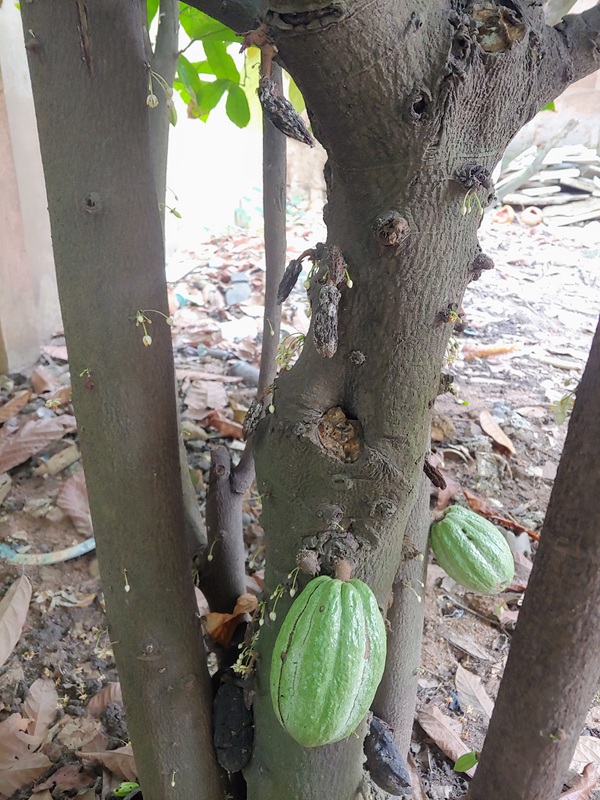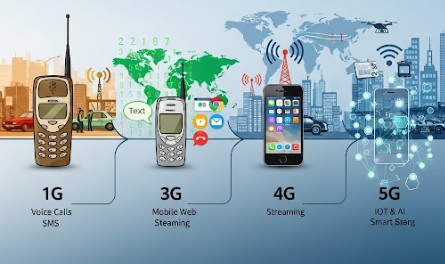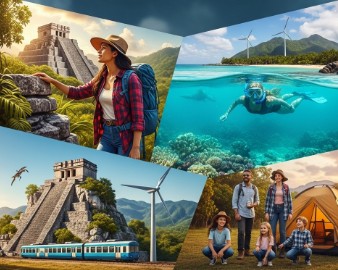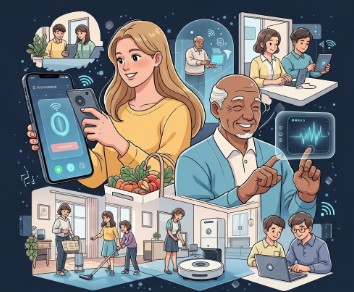The world of video creation has been revolutionized by Artificial Intelligence. Gone are the days when you needed expensive software and technical expertise to produce engaging videos. Now, with the power of AI, you can create high-quality videos in minutes, often for free. Whether you’re a content creator, a small business owner, or just someone looking to make a fun video, these 10 free AI video generators are excellent tools to get you started.
Here’s a look at 10 popular AI video generators that you can use for free, along with their features, limitations, and a direct link to get you started.
1. InVideo
How it Generates Videos: InVideo is a versatile AI video generator that can create videos from text prompts. You simply type in your idea, and its AI will generate a script, select relevant stock footage and images, add a voiceover, and even include subtitles and music. It’s a great tool for turning articles or scripts into engaging videos.
Free Use and Limitations: InVideo offers a free plan that allows you to create and export up to four videos per week. However, these videos will have an InVideo watermark. The free plan provides 10 minutes of AI generation per week and access to a limited selection of their media library.
Link: https://invideo.io/
2. FlexClip
How it Generates Videos: FlexClip is a user-friendly AI video editor with a powerful text-to-video feature. You can input your text, and FlexClip’s AI will automatically find relevant video clips and images from its extensive stock library to match your script. It also offers a wide range of templates for various purposes, making video creation quick and easy.
Free Use and Limitations: FlexClip’s free plan allows you to download videos in 720p HD. You can create up to 12 projects, but video length is limited. The free version also includes a FlexClip intro that is added to the beginning of your videos.
Link: https://www.flexclip.com/
3. VEED.io
How it Generates Videos: VEED.io is a comprehensive online video editing suite with a powerful AI video generator. It can create videos from text prompts, generate subtitles automatically, and even offers AI avatars that can speak your text. This makes it a great all-in-one tool for creating a wide variety of video content.
Free Use and Limitations: The free plan on VEED.io allows you to create videos up to 10 minutes long with a watermark. You get 2GB of storage and can export in 720p resolution. Some of the more advanced AI features are limited on the free tier.
Link: https://www.veed.io/
4. Pictory
How it Generates Videos: Pictory excels at turning long-form content like blog posts, articles, and scripts into short, engaging videos. Its AI automatically summarizes your text, selects relevant visuals from a vast library of stock media, and adds voiceovers and music. It’s an ideal tool for content repurposing.
Free Use and Limitations: Pictory offers a free trial that allows you to create three video projects, each up to 10 minutes long. This gives you a good feel for the platform’s capabilities before committing to a paid plan.
Link: https://pictory.ai/
5. Renderforest
How it Generates Videos: Renderforest is a branding-focused platform that uses AI to help you create a wide range of videos, from promotional clips to slideshows and explainer videos. It offers a vast library of customizable templates where you can input your text and let the AI assemble the scenes with appropriate animations and effects.
Free Use and Limitations: The free plan allows you to create an unlimited number of videos, but they will be in 360p quality and will have a watermark. The storage is limited to 500 MB, and the selection of templates and stock footage is also restricted.
Link: https://www.renderforest.com/
6. Synthesia
How it Generates Videos: Synthesia is a leader in AI avatar video generation. You can choose from a diverse library of AI avatars, type in your script, and the avatar will narrate it in a professional-looking video. This is perfect for creating training materials, corporate communications, and explainer videos without needing a camera or actors.
Free Use and Limitations: Synthesia allows you to create a free demo video to see the technology in action. You can select an avatar and input a short script to get a feel for the final product. For regular use, you would need to subscribe to a paid plan.
Link: https://www.synthesia.io/
7. HeyGen
How it Generates Videos: Similar to Synthesia, HeyGen specializes in creating videos with AI avatars. You can type your script, choose an avatar and a voice, and generate a polished video. HeyGen also offers features like text-to-speech with a wide range of voices and the ability to create custom avatars (on paid plans).
Free Use and Limitations: HeyGen’s free plan provides you with one free credit, which allows you to create a video of up to one minute in length. This is a great way to test the platform’s core features. The free video will include a watermark.
Link: https://www.heygen.com/
8. Deepbrain AI
How it Generates Videos: Deepbrain AI is another powerful AI avatar video generator. It allows you to create realistic videos by simply typing in a script. Their technology focuses on creating hyper-realistic avatars that can be used for a variety of purposes, from news reading to educational content.
Free Use and Limitations: Deepbrain AI offers a free demo that lets you create a short sample video to experience the quality of their avatars and text-to-speech technology. For more extensive use, a subscription is required.
Link: https://www.deepbrain.io/
9. Fliki
How it Generates Videos: Fliki is a text-to-video and text-to-speech AI that makes creating social media videos and other short-form content incredibly easy. You can input text from a blog post or a tweet, and Fliki will create a video with a voiceover, stock footage, and subtitles.
Free Use and Limitations: Fliki’s free plan allows you to create up to 5 minutes of watermarked video content per month. It provides access to a limited number of AI voices and media library assets.
Link: https://fliki.ai/
10. Lumen5
How it Generates Videos: Lumen5 is an AI-powered video creation platform designed to turn blog posts and articles into engaging social media videos. Its AI analyzes the text, suggests relevant images and video clips, and helps you create a professional-looking video in minutes.
Free Use and Limitations: Lumen5 offers a Community plan that is free forever. This plan allows you to create unlimited videos, but they will contain a Lumen5 watermark and be in 720p resolution. You also have access to a limited selection of themes and templates.
Link: https://lumen5.com/
These free AI video generators are powerful tools that can help you create compelling video content without breaking the bank. While the free plans come with certain limitations, they offer a fantastic opportunity to explore the capabilities of AI in video production and find the tool that best suits your needs. So, why not give them a try and start creating your own AI-powered videos today?





